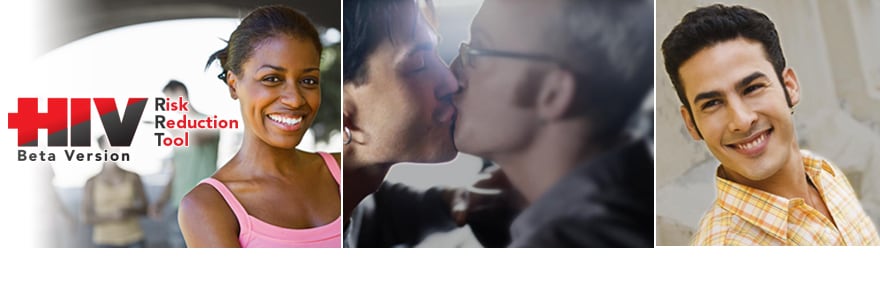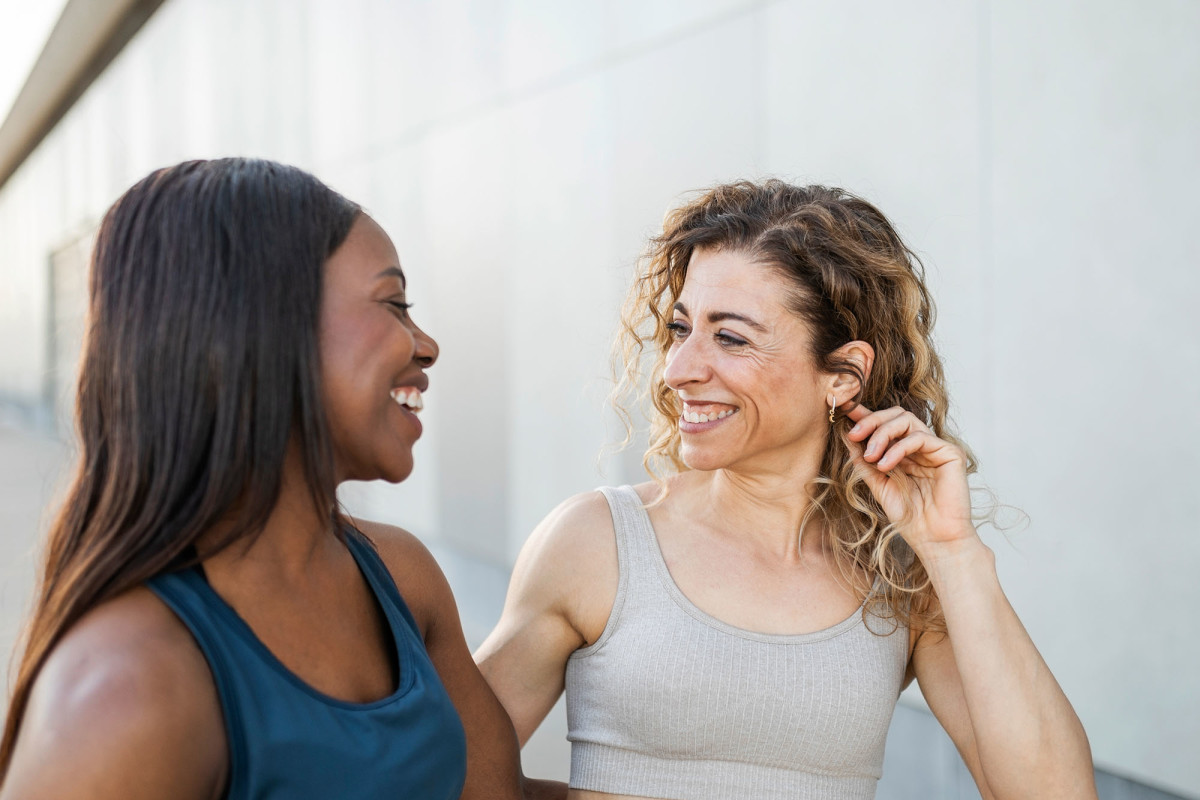- November 18, 2023
- Posted by: karimswaisi
- Category: Uncategorized
LGBTQ folks are 3 times prone to be incarcerated than right individuals
Picture by iStock
Cause alerting for discussion of intimate assault and intimate assault.
Precisely what do you think of once you hear queer women in prison?
Orange May Be The New Ebony
?
Oz
? Me-too.
I saw
OITNB
frequently about through first number of conditions with differing degrees of interest and expense. The Netflix show wasn’t without the problematic areas, nevertheless the cast had been appealing, and characters and their interactions were compelling. I wanted to enjoy
Oz
because I was a huge Benson and Stabler follower within my childhood, but never ever was allowed to, as a result of assault and sexual explicitness.
I do believe it’s safe to say that neither among these shows are an entirely accurate representation of just what life is like for incarcerated peopleâespecially incarcerated queer individuals, though on
Orange Will Be The Brand New Black
queer storylines abound. The one thing the program really does seem to get appropriate will be the sheer many queer individuals staying in prisons right now. According to a research by
American Journal of Public Wellness
, LGBTQ folks (“sexual minorities” in the study), tend to be overrepresented in prisons. Our company is three times almost certainly going to end up being incarcerated than straight men and women, the analysis states. About a third on the feamales in prison identify as bisexual or lesbian, as compared to a corresponding 3.4 per cent associated with the U.S. populace. Referring to just for women that really identify as LGBTQ. Once you element in people who had same-sex relationships or encounters before these were incarcerated, but who do maybe not, for whatever reason, identify as an associate of this LGBTQ neighborhood, that portion jumps just to under half the jail population: about 42 percent.
Exactly why is this? Even though it’s difficult to fully understand the complexities behind many queer females finding yourself in jail due to minimal data, researcher Lara Stemple features a theory. She hypothesizes that ladies whom diverge from standard norms and parts of femininity could be almost certainly going to end up being perceived as “aggressive” and “dangerous.” This is a typical example of how stigma negatively affects the resides of these that perceived as diverging too far through the norm.
We may have accomplished matrimony equality, but genuine equity continues to be out of reach, in the event the amounts of incarcerated queer men and women are any sign. Stemple also notes that it is crucial that you just take competition under consideration when considering the large incarceration prices of LGBTQ men and women, since a disproportionate amount of incarcerated folks are people of tone. Stemple’s idea definitely keeps weight whenever someone thinks the impact of tropes for instance the
aggravated
Black
woman
, which mischaracterizes Ebony women’s justifiable fury at bad treatment as dangerous as well as violent. The trope for the aggravated Black woman plays aside therefore ubiquitously, it is obvious in flicks, real life television shows, and also the
recreations globe
.
Life for incarcerated queer ladies isn’t every cliques and conspiracies that
Orange Will Be The Brand New Ebony
helps it be out to be. But what the show will get right will be the enhanced chance of intimate assault that inmates face as a result of both prison personnel and other inmates. LGBTQ identified inmates, men and women, are at greater risk of intimate attack than directly inmates, with trans women staying at the quintessential extreme threat. Queer inmates may also be
much more
likely
than right inmates is afflicted by “segregation” abuse, eg solitary confinement, which includes extreme consequences for queer inmates’ mental health and general well-being.
Based on the
ACLU
, the experience of trans feamales in prison is completely terrible. A write-up published finally November comes after the storyline of a trans girl called Jules Williams, exactly who experienced numerous instances of actual and intimate assault while she had been incarcerated. Williams was keep in the Allegheny County Jail from 2015-2017 and had been incarcerated with men, even though their state acknowledges the woman proper gender on the detection. The ACLU reports that prison workers were over repeatedly “indifferent” on the risks that being incarcerated among males presented for Williams, and that is a violation of her Constitutional directly to end up being shielded from damage while imprisoned. Williams’ experience is actually definately not an isolated situation: The ACLU states that 21 percent of trans females spend some time in prison, and are also nine times prone to end up being intimately attacked than other inmates.

The usa is not the just nation that should significantly consider and rectify the methods queer people are addressed in jail. Erwin James, a writer for any Guardian,
described
the commonalities into the experiences for the over 10,000 incarcerated gay men from inside the U.K., pointing out the pervasive outcomes of intimate inhibition caused by homophobia in prisons. Some homosexual inmates found by themselves being forced to browse becoming back in the cabinet with their own protection. Other people had to be in coercive sexual relationships where they exchanged sex for safety. Still different inmates happened to be called “jail gays” for the reason that the sole same-sex connections they had were while in jail.
While homophobia is without a doubt experienced differently by homosexual guys and lesbians and find bisexual women, a very important factor continues to be genuine of genders: that curtailing of healthy intimate phrase for folks of all sexes and sexualities is, as James talks of, “painful, harmful, and damaging”and this the jail atmosphere merely amplifies these problems.
Most of the queer ladies and femmes in prison will also be intercourse workers, specifically queer and trans individuals of color.
SWOP Behind Bars
is a part on the Sex staff members Outreach venture that specifically serves incarcerated intercourse employees. Because they note, “prostitution is one of the couple of criminal activities where women are arrested more often than males” and intercourse employees usually feel the so-called justice system as a “revolving doorway” whereby they “do time, though hardly ever receive the sources, social, financial, and mental support that would enable these to keep the industry should they choose.”
SWOP Behind Bars is just one of the few programs that efforts to build interactions with incarcerated sex employees, linking them with sources externally, eg case management solutions, that ideally encourage all of them as they serve time. SWOP Behind Bars also helps foster pencil pal relationships for incarcerated gender workers, to make certain that incarcerated gender workers can enjoy a link making use of the outdoors world that provides a sustaining connection. Some pen friends actually become having a “mentorship” like commitment with the correspondents.
This isn’t the only company that understands the worth of finding methods for incarcerated queer individuals to see self-expression while they’re behind bars. Although the stories taken from prisons about queer men and women are usually bleak, violent, and disheartening, there are a few tales of hopeâsuch once the associations that incarcerated men and women make along with their pencil friends, or forge amongst both, or generate within the rare imaginative authorship and therapy groups, the end result of which are posting of tales, such as those in
Inside and Out
. These experiences offer uncommon options for healing, authenticity, and strength, characteristics which happen to be specifically rich in the queer society.
So what are we able to do in order to stand in solidarity with incarcerated queer individuals? SWOP Behind Bars has actually a great listing of ten how to take action, several of which include
donating
for them directly, applying to be a pen pal, or purchasing guides through the Amazon want listings of present incarcerated folks. You may also volunteer some time as an advocate and receiving training becoming the main
neighborhood help range
.
Support Ho(s)e
is another great resource if you want to get involved with advocacy for incarcerated queer and trans gender staff members, and they are currently doing an initiative to #StandWithAlisha, a sex employee sentenced to fifteen years in jail for
self-defense
.
Sometimes it is like there’s such injustice on the planet, really impossible to understand how to proceed. If you’re feeling overwhelmed, outstanding source will be the
Prison Activist Resource Center
, and that is a huge directory site of anti-incarceration projects and tasks, demonstrably and succinctly prepared. Make your choice of any number activities to get one which matches your talents, interest, and capacity for time devotion. Even perhaps team up with buddies to put on each other in charge of the work you would like to do, and check in with each other to help keep your spirits upwards.

Whether it is becoming a pen pal, or in individual life to address and correct the root cultural stereotypes that make queer people of shadeâ and queer Ebony femmes in particularâmore in danger of predatory policing plus serious sentencing, we
must
use all of our advantage to center the requirements of the most susceptible in our midst. What is very important to consider is the fact that while queer folks have produced a lot of strides in recent years towards acceptance and equivalence in community, real money can not happen till the the majority of vulnerable people in all of our society tend to be safe from injury, and complimentary.

